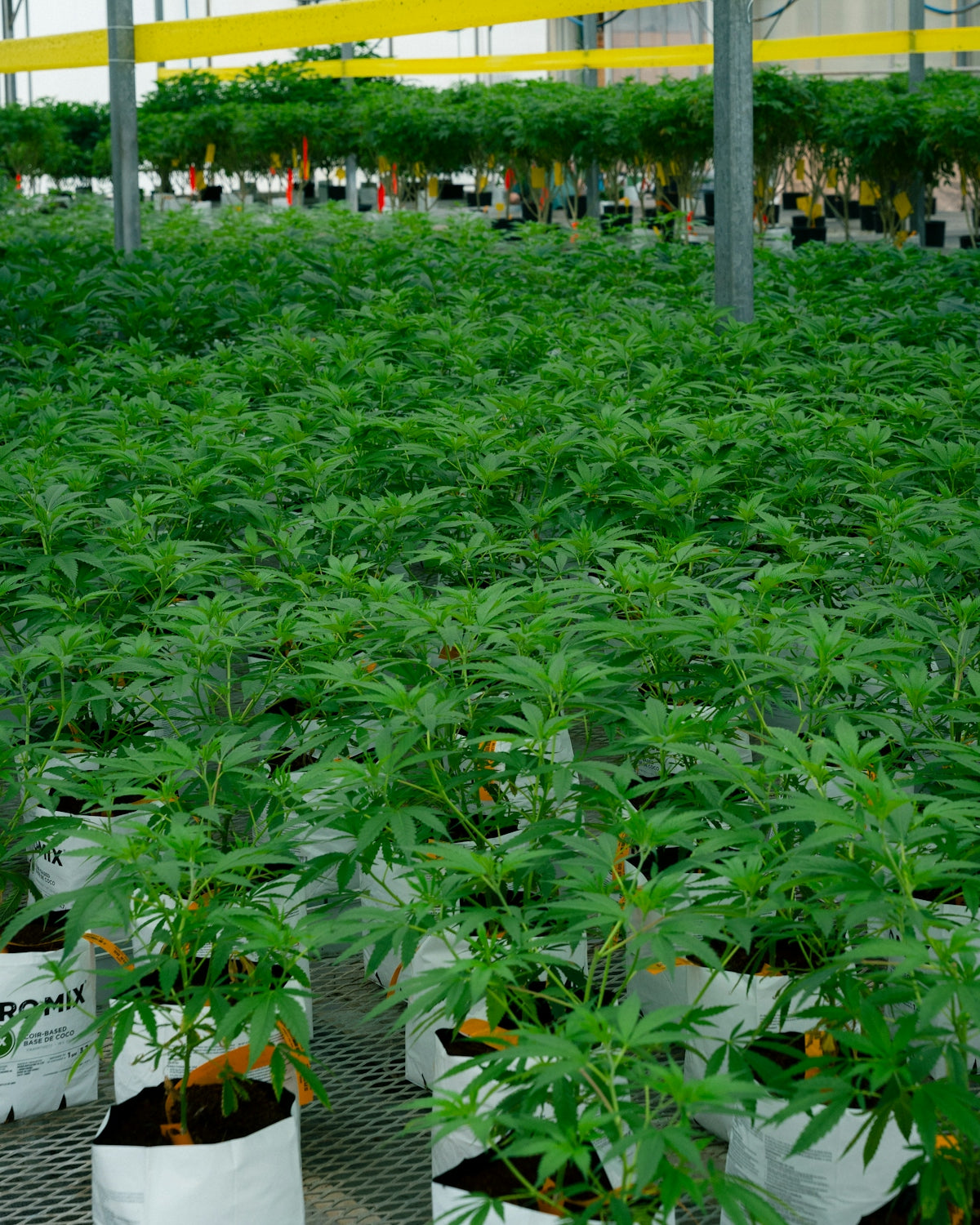Cannabis, often referred to by its scientific name Cannabis sativa, has a rich and varied history that traverses the globe. What began as a wild plant in Central Asia has expanded to become an integral part of cultures and economies over millennia. Understanding the historical timeline of cannabis cultivation allows us insight into its impact on agriculture, industry, and society. As its acceptance grows worldwide, examining its past can provide valuable context for its current and future role.
Ancient Beginnings in Asia (10,000 BCE - 2000 BCE)
Central Asia: The Origin
Cannabis cultivation began in Central Asia, with archaeological evidence suggesting that this region has engaged with the plant since around 10,000 BCE. Initially, the plant was valued for its fibrous qualities, making it a useful tool for creating materials such as fabric and rope.
China: Early Cultivation and Uses
Cannabis use dates back to at least 6000 BCE in China. The ancient Chinese used hemp for clothing, shoes, ropes, and early forms of paper. They also documented the use of cannabis seeds and considered them an essential food source. Texts like the "Pen Ts'ao Ching," a pharmacopeia compiled over the centuries, outlines cannabis applications in medicine.
Spread to the Indian Subcontinent (2000 BCE - 500 BCE)
As trade networks developed, cannabis made its way to the Indian subcontinent. Here it became integral to religious and spiritual practices, particularly in the form of "bhang," a cannabis-infused drink. References in sacred texts like the Vedas highlight how deeply embedded cannabis was in early spiritual traditions.
Introduction to the Middle East (600 BCE - 200 CE)
Persia and the Preparation of Hashish
Cannabis reached Persia around 600 BCE, spreading across the region due to significant trade routes. The Islamic cultures developed the practice of hashish consumption, noted in multiple historical texts dating back to around 900 CE. Hashish became a popular form of using cannabis, shaping a new culture around this preparation.
Arrival in Europe (1000 CE - 1500 CE)
Cannabis was introduced to Europe through expanding trade routes, and by the Middle Ages, it had become a significant crop in various regions. Europeans primarily used cannabis for its fibrous properties, with hemp ropes and sails becoming vital to an expanding maritime empire.
The Italian Renaissance and Scientific Inquiry
During the Italian Renaissance, cannabis attracted the attention of scientists and scholars. Figures like Leonhart Fuchs categorized and described various plants, including cannabis, for medicinal purposes.
Expansion in the Americas (1500 CE - 1800 CE)
As European explorers and settlers journeyed to the Americas, they brought cannabis with them. Colonists in North America cultivated hemp extensively, recognizing its value for producing materials like rope and textiles. Laws in 1619 Virginia mandated farmers to grow hemp, highlighting its importance in colonial agriculture.
Spanish Colonization and Industrial Use
Spanish colonizers also introduced hemp to South America, where it adapted to local climates, becoming a crucial agricultural product. It supported economies by providing materials for textiles and shipping.
Modern-Day Adoption and Changes (1800 CE - Present)
Industrialization and Scientific Advancements
The 19th century saw increased scientific interest in cannabis, with researchers exploring its applications in medicine and chemistry. This period marked a turning point, with many cultures beginning to understand its broader potential.
Contemporary Growing Techniques
Modern cultivation has advanced through techniques focused on maximizing yield and sustainability. Products like the 6" FloraFlex Wool (Basalt Derived) reflect this shift toward efficient and innovative growing solutions, demonstrating continued evolution in cannabis agriculture.
Global Perspectives on Cannabis
Today, cannabis is recognized for its wide-ranging applications beyond its traditional uses. Increasing acceptance and research have propelled the plant into new arenas, including healthcare, wellness, and agriculture. The historical journey of cannabis, from ancient crops to sophisticated industry, continues to inform its role globally.
Conclusion
The historical timeline of cannabis cultivation exemplifies humanity’s evolving relationship with this multifaceted plant. From its Central Asian origins to its present global reach, cannabis has been integral in developing cultures, economies, and industries worldwide. As we advance, understanding cannabis's past remains crucial in shaping its future legacy.
If you're interested in modern cultivation products that reflect the innovation in this field, consider exploring our range, including the 6" FloraFlex Wool (Basalt Derived), available for growers seeking efficiency and sustainability.
Learn more about our offerings and read other insightful articles at this link.









